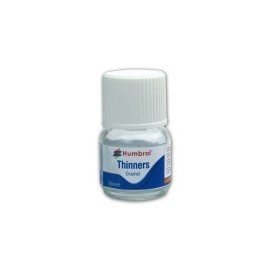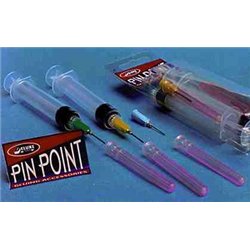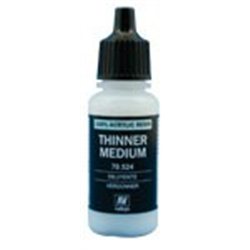There are tens of thousands of decals available covering a multitude of different models from trains, planes and...
No products
Product successfully added to your shopping cart
There are 0 items in your cart. There is 1 item in your cart.
Search Tips
What do I use to thin paint?
Don't forget that there are different thinners for different paints, you will need a solvent based thinner for enamel and a water based one for acrylic.
Most paint manufacturers supply a thinner as part of their range and each is specific to them, so it is best to use their thinning agent with their paint product. A more generic approach is to use water with acrylic paint and white spirit for enamel paint.
To measure the amount of thinner you are adding to the paint it is advisable to use a syringe, ideal for any liquid measuring.
If you are using acrylic paint that is a bit stodgy you can try adding a small amount of water and stir it in. Stir in small amounts of water until you get the right consistency, if you add too much water there's no coming back you'll be left with a wash.
Click here to receive the tips weekly in your mailbox. You can unsubscribe at any time.










